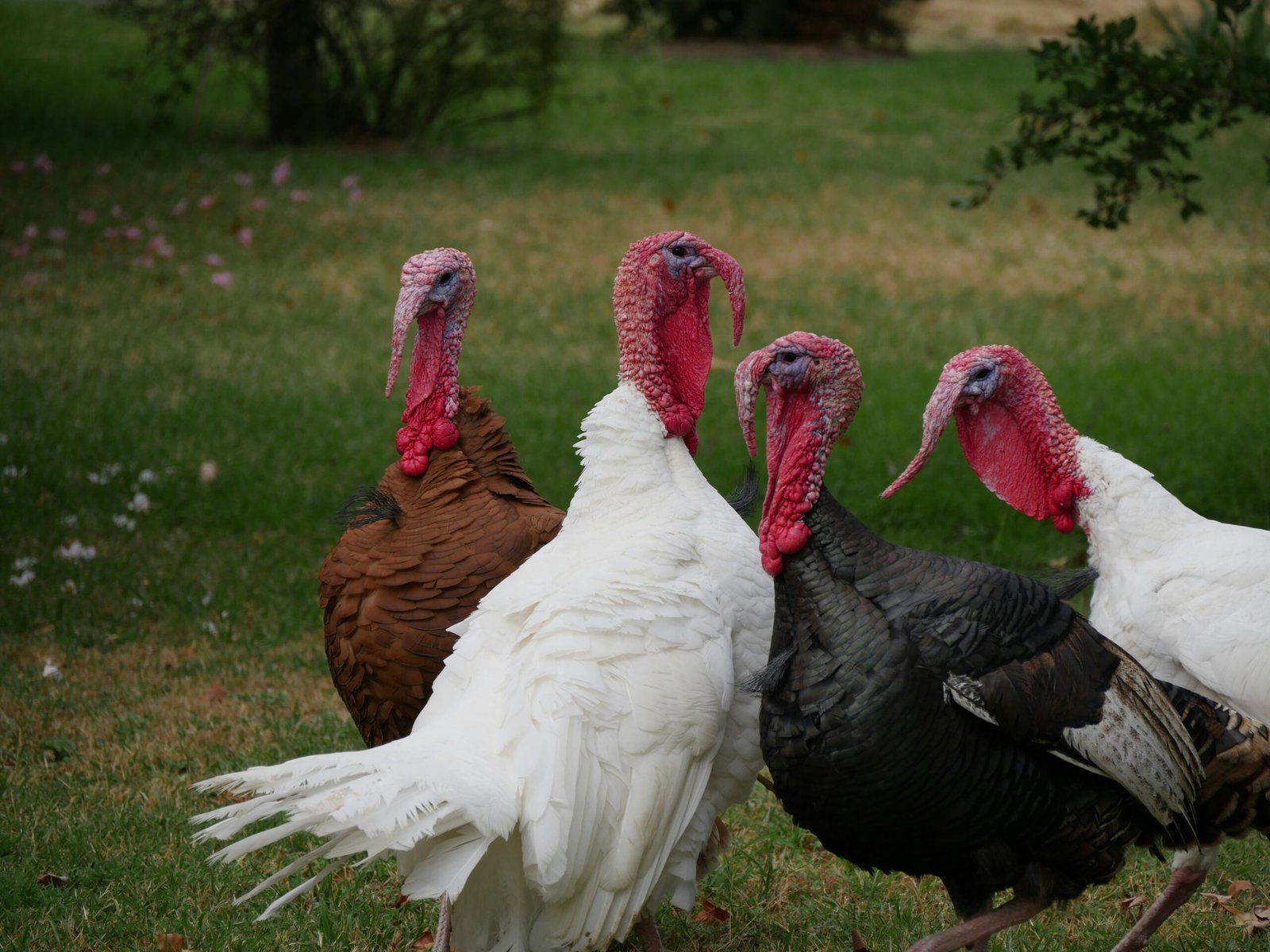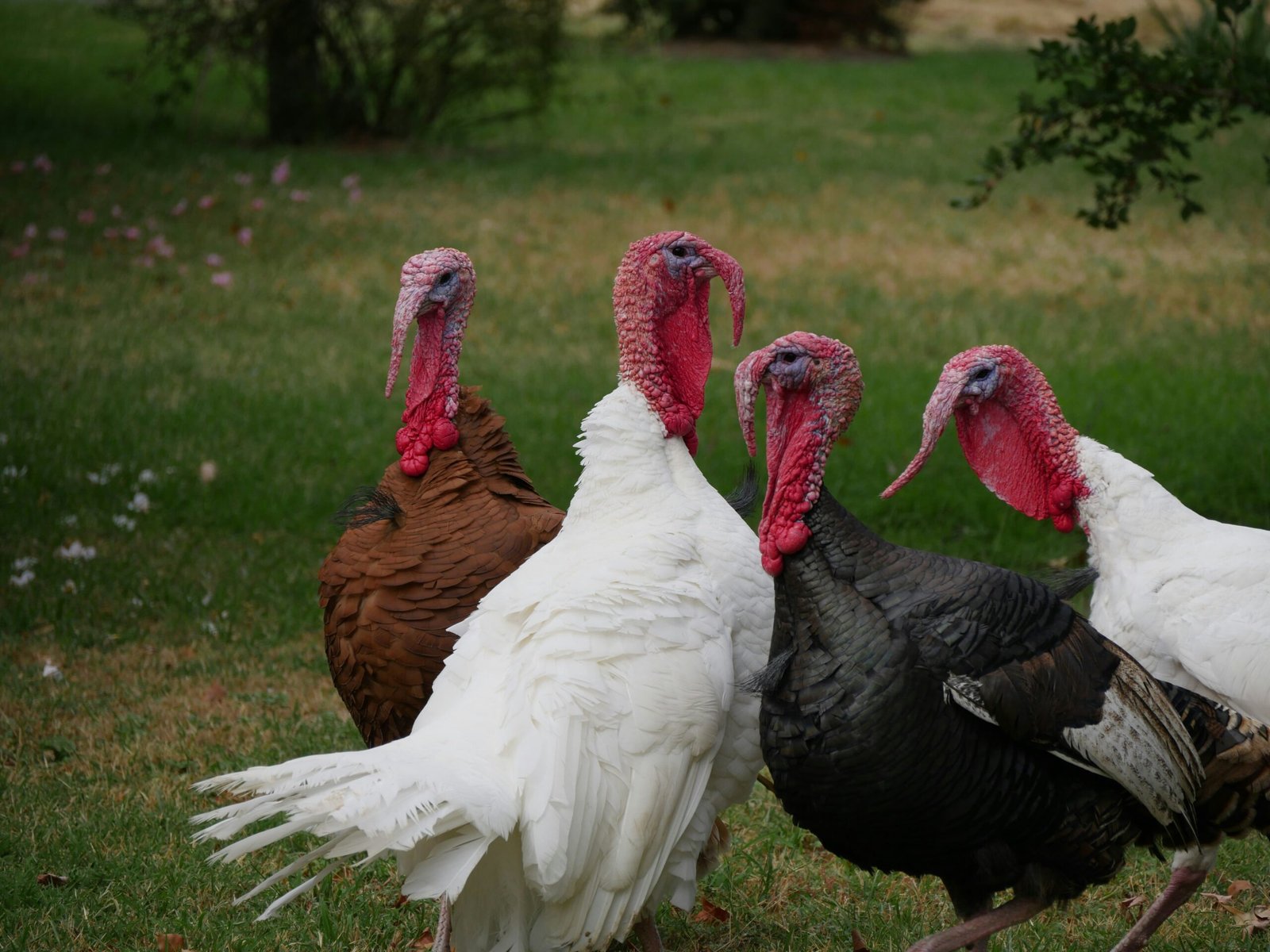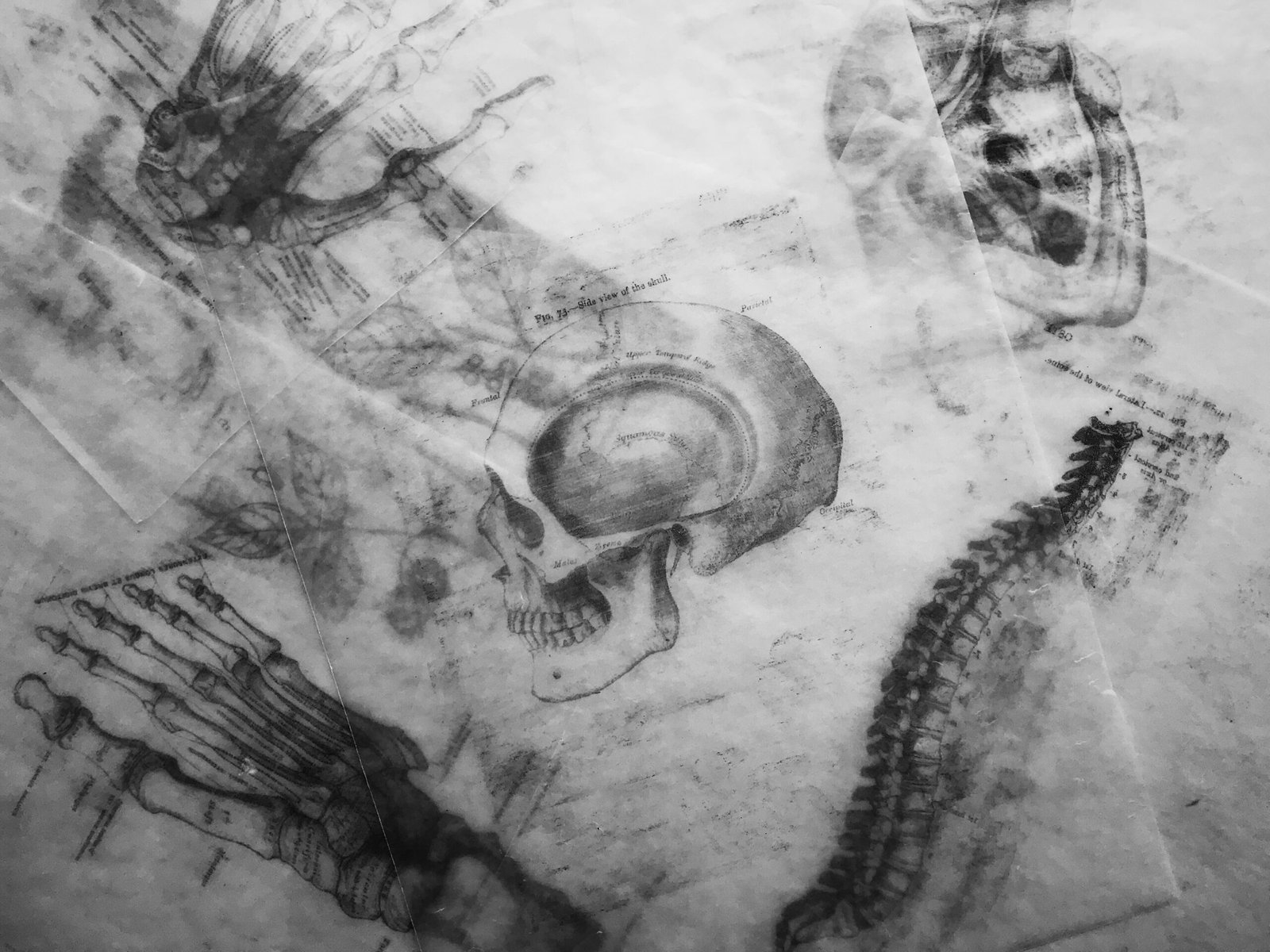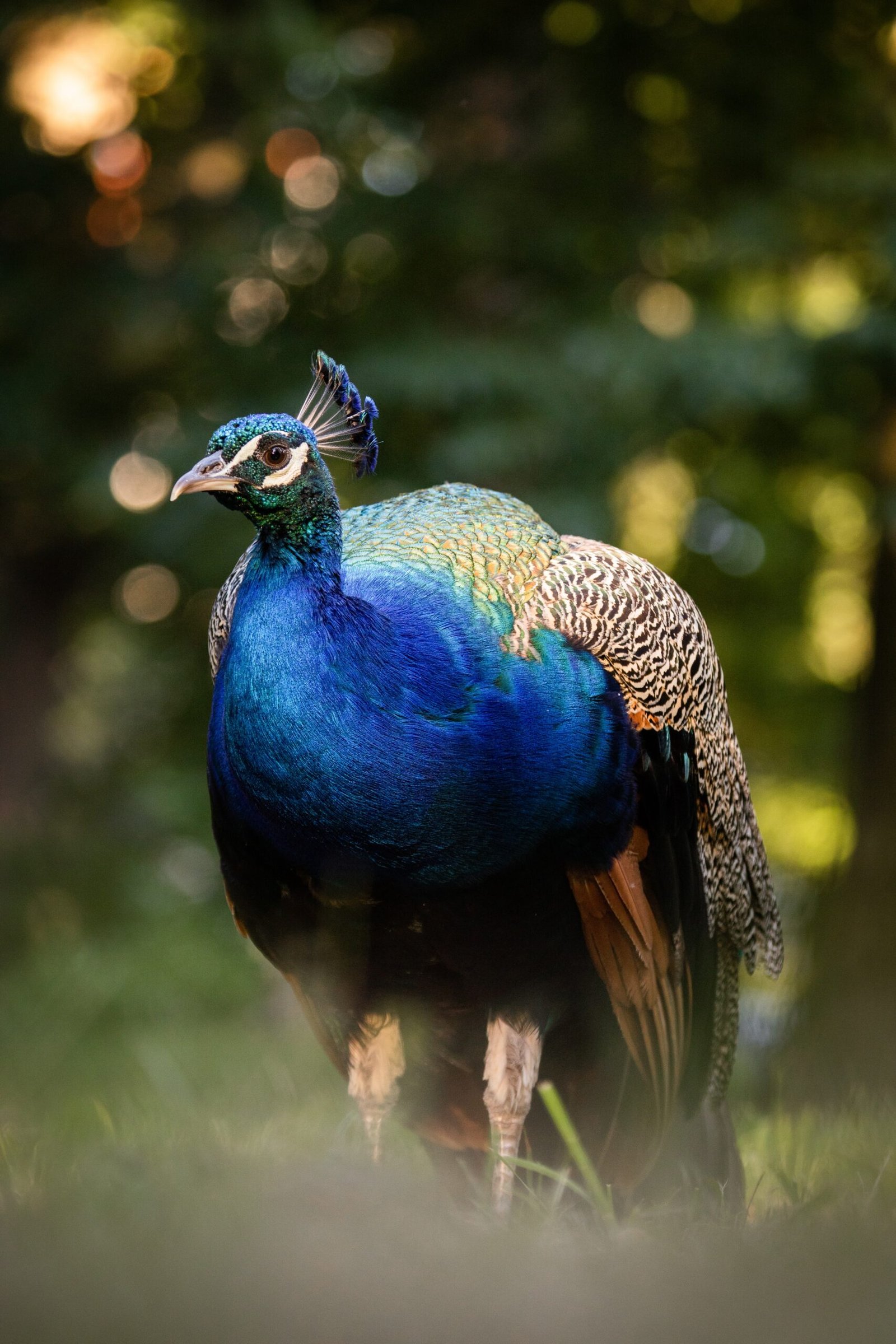Turkeyology: Exploring the Fascinating World of Turkeys

The Diversity and History of Turkeys
Turkeys are fascinating creatures that have captured the attention of humans for centuries. These birds are native to North America and have a rich history intertwined with human civilization. From their diverse species to their cultural significance, turkeyology is a subject that offers a wealth of knowledge to explore.
The Many Species of Turkeys
When we think of turkeys, the image of the iconic Thanksgiving bird often comes to mind. However, turkeys are not limited to this single species. In fact, there are six recognized species of turkeys, each with its own unique characteristics and habitat.
The wild turkey (Meleagris gallopavo) is the most well-known species and is native to North America. It is characterized by its large size, colorful plumage, and distinctive gobble. Other species include the ocellated turkey, the South Mexican turkey, the Gould’s turkey, the Rio Grande turkey, and the Eastern wild turkey.
The Importance of Turkeys in History and Culture
Turkeys have played a significant role in the history and culture of various civilizations. Native American tribes revered turkeys for their symbolic and spiritual significance. They were often featured in rituals and ceremonies, and their feathers were used for decoration and clothing.
When European explorers arrived in the Americas, they encountered turkeys for the first time. These explorers were amazed by the bird’s size and unique appearance. Turkeys soon became a valuable food source for European settlers, and their popularity as a Thanksgiving meal grew over time.
Turkeys: More Than Just a Thanksgiving Meal
While turkeys are commonly associated with Thanksgiving, they offer much more than just a delicious holiday feast. Turkeys have a variety of ecological roles and contribute to the balance of their respective ecosystems.
As omnivorous birds, turkeys play a crucial role in controlling insect populations, including harmful pests. They also help disperse seeds by consuming fruits and berries, aiding in the propagation of plant species.
The Conservation of Turkeys
Due to habitat loss, hunting, and other factors, some species of turkeys have faced population declines in recent years. Conservation efforts have been implemented to protect and restore turkey populations.
Organizations such as the National Wild Turkey Federation work to conserve turkey habitats, promote responsible hunting practices, and conduct research to better understand and protect these magnificent birds.
Conclusion
Turkeys are captivating creatures that have left a lasting impact on human history and culture. From their diverse species to their ecological importance, turkeyology offers a fascinating glimpse into the world of these remarkable birds. By understanding and appreciating turkeys, we can contribute to their conservation and ensure that future generations can continue to marvel at their beauty and significance.




